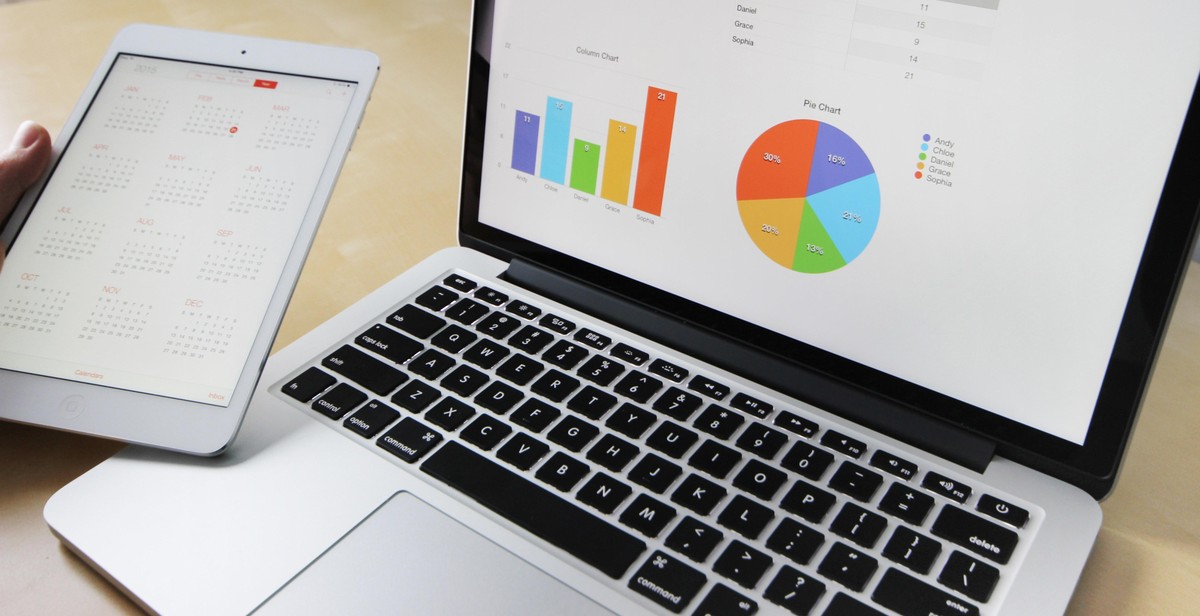Introduction: Understanding the Importance of Analyzing Political Polls and Surveys
Political polls and surveys are critical tools used to gauge public opinion on various political matters. They help political analysts, journalists, politicians, and the public at large understand the views and preferences of voters on key issues such as elections, policies, and leadership.
However, analyzing political polls and surveys is not always straightforward. Polls can be biased, misleading, or misinterpreted, leading to inaccurate conclusions. Therefore, it is essential to approach political polls and surveys with a critical eye and a solid understanding of statistics and research methods.
Why Analyzing Political Polls and Surveys is Important
Political polls and surveys provide valuable insights into the opinions and beliefs of voters, which can have significant implications for political campaigns and decision-making. Accurate analysis of these polls can help:
- Politicians understand the needs and concerns of their constituents and tailor their policies accordingly
- Journalists provide accurate and informed reporting on political events and trends
- Voters make informed decisions based on reliable information
- Political analysts predict election outcomes and identify trends in public opinion
Therefore, learning how to analyze political polls and surveys is a crucial skill for anyone interested in politics, journalism, or public opinion research.

Step 1: Understand the Methodology
Political polls and surveys are essential tools for understanding public opinion on various issues. However, it is crucial to understand the methodology behind these polls and surveys to ensure that the results are accurate and reliable. Here are the key factors to consider when analyzing political polls and surveys:
Sampling Techniques
The sample size and selection process are crucial in determining the accuracy of political polls and surveys. Sampling techniques involve selecting a representative group of individuals from a larger population to participate in the survey. The most common sampling techniques include:
- Random Sampling: In this technique, every member of the population has an equal chance of being selected for the survey. This technique ensures that the sample is representative of the population.
- Stratified Sampling: This technique involves dividing the population into subgroups based on specific characteristics such as age, gender, or income level. Samples are then randomly selected from each subgroup to ensure that the sample is representative of the population.
- Cluster Sampling: In this technique, the population is divided into clusters, and a random sample of clusters is selected for the survey. This technique is useful when the population is spread out over a large geographic area.
Margin of Error
The margin of error is a measure of the accuracy of political polls and surveys. It is the degree of uncertainty that is inherent in any statistical estimate. The margin of error is affected by the sample size and the level of confidence used in the survey. A larger sample size and a higher confidence level will result in a smaller margin of error.
Question Wording and Order
The wording and order of the questions in political polls and surveys can influence the results. The questions should be clear, unbiased, and avoid leading or loaded language. The order of the questions should also be carefully considered to avoid influencing the responses.
| Question Wording and Order Tips |
|---|
| Use simple language that is easy to understand. |
| Avoid double-barreled questions that ask about two different things at once. |
| Avoid leading questions that suggest a particular answer. |
| Randomize the order of the questions to avoid bias. |
By understanding these key factors, you can analyze political polls and surveys with greater accuracy and confidence.

Step 2: Look at the Results
Once you have a good understanding of the methodology behind a political poll or survey, it’s time to dive into the results. This is where you’ll get a sense of how the public feels about a particular issue or candidate, and it’s important to look at the results in a few different ways to get a complete picture.
Overall Results
The first thing to look at is the overall results. This will give you a sense of how the public as a whole feels about the issue or candidate in question. Look for the percentage of respondents who answered in favor of the issue or candidate, as well as the percentage who answered against. It’s also important to look at the margin of error, which will give you a sense of how accurate the results are.
Demographic Breakdowns
Next, take a look at the demographic breakdowns. This will give you a sense of how different groups of people feel about the issue or candidate. Look for breakdowns by age, gender, race, income, education level, and any other relevant demographics. This can help you identify any patterns or trends in the data.
Trends Over Time
Finally, it’s important to look at trends over time. This will give you a sense of how public opinion is changing over time. Look for previous polls or surveys on the same issue or candidate, and compare the results. This can help you identify any shifts in public opinion, and can be especially useful during election cycles.
| Overall Results | Demographic Breakdowns | Trends Over Time |
|---|---|---|
| Look for percentage of respondents who answered in favor or against the issue or candidate | Look for breakdowns by age, gender, race, income, education level, and other relevant demographics | Look for previous polls or surveys on the same issue or candidate, and compare the results |
| Look for margin of error to determine accuracy of results | Identify any patterns or trends in the data | Identify any shifts in public opinion |
By looking at the results in these different ways, you’ll be able to get a complete picture of public opinion on a particular issue or candidate. This can be incredibly useful for political campaigns, advocacy groups, and anyone else who wants to understand how the public feels about an issue.

Step 3: Consider External Factors
When analyzing political polls and surveys, it is essential to consider external factors that may influence the results. These factors include current events, economic indicators, and approval ratings.
Current Events
Current events can significantly impact the outcome of political polls and surveys. For example, if a significant event such as a terrorist attack or a natural disaster occurs, it may cause a shift in public opinion. People’s attitudes and beliefs may change, and this can be reflected in the results of political polls and surveys.
It is essential to keep up with the news and be aware of any significant events that may affect the results of political polls and surveys. By doing so, you can better understand the context of the results and make more informed conclusions.
Economic Indicators
Economic indicators such as employment rates, GDP growth, and inflation can also influence the outcome of political polls and surveys. If the economy is doing well, people may be more likely to support the current political party or candidate in power. Conversely, if the economy is struggling, people may be more inclined to support a change in leadership.
It is crucial to examine economic indicators when analyzing political polls and surveys. By doing so, you can gain a better understanding of the factors that are driving people’s attitudes and beliefs.
Approval Ratings
Approval ratings are a key external factor to consider when analyzing political polls and surveys. Approval ratings measure how the public views the current political leader or party in power. If approval ratings are high, it may indicate that the current leader or party is doing well and may have a higher chance of winning an election. Conversely, if approval ratings are low, it may indicate that the current leader or party is struggling and may have a lower chance of winning an election.
It is crucial to examine approval ratings when analyzing political polls and surveys. By doing so, you can better understand the context of the results and make more informed conclusions.
Conclusion
Considering external factors such as current events, economic indicators, and approval ratings is essential when analyzing political polls and surveys. By doing so, you can gain a better understanding of the factors that are driving people’s attitudes and beliefs, and make more informed conclusions about the results.

Conclusion
Political polls and surveys are essential tools for understanding public opinion and predicting election outcomes. However, they can be misleading if not analyzed properly. By following the steps outlined in this guide, you can ensure that you are interpreting political polls and surveys accurately and making informed decisions based on the data.
Key Takeaways
- Understand the methodology and sample size of the poll or survey
- Consider the margin of error and confidence level
- Look at the wording and structure of the questions
- Consider the timing of the poll or survey
- Compare results to previous polls and surveys
- Be aware of potential biases and limitations
Best Practices
When analyzing political polls and surveys, it is important to approach the data objectively and critically. Avoid relying on a single poll or survey and instead look for trends across multiple sources. Consider the context and broader political landscape when interpreting the results. And always be aware of potential biases and limitations in the data.
Final Thoughts
Political polls and surveys can provide valuable insights into public opinion and election outcomes, but they should not be taken as gospel. By understanding the methodology, considering the context, and approaching the data critically, you can make informed decisions based on the data and avoid being misled by inaccurate or biased information.
